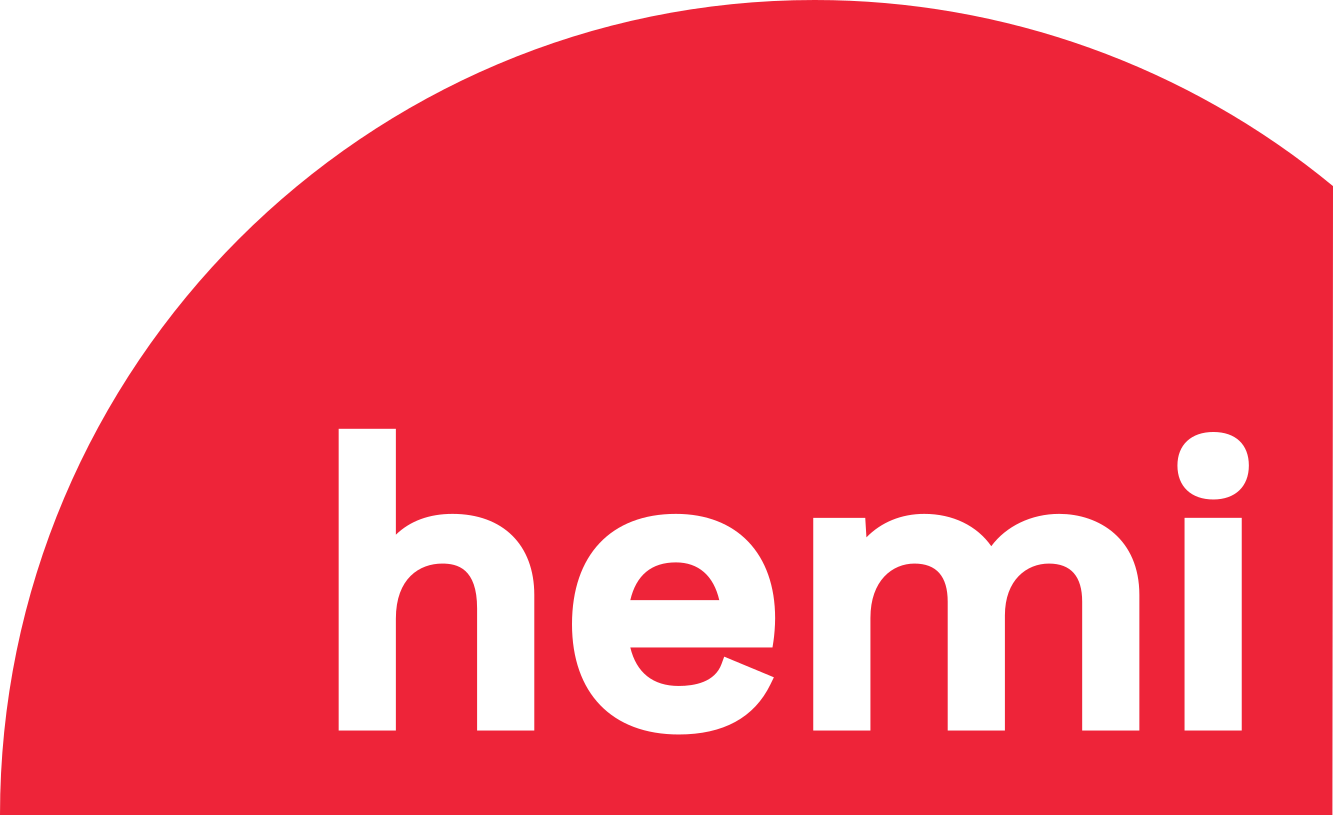Startups: Avoid Death by Octopus
Octopus: How an Octopus Can Live Multiple Lives.
Historically, large technology companies have struggled with surviving through new eras of frontier technology, often being displaced by companies founded on newer technologies and business models.
It brings us to a value investor’s mental model monikered the Octopus Model.
Today, large tech companies (Cap 300B+) such as Amazon, Microsoft, Facebook and Google act as an “octopus” in an attempt to survive past their respective technology eras and rebirth themselves in frontier technologies. An “octopus” company will place several legs in many frontier technology arenas such as augmented/virtual reality, artificial intelligence, voice recognition, autonomous vehicles, etc. and purposely offer product at a loss during R&D in the period of market maturation. Each “octopus” has a steady, safe stream of income from its primary business — founded in the current tech era —, making up its core body. The “octopus” can afford to lose money in each of its legs. But why does it choose to do so?
An “octopus” is analogous to a preeminent venture capitalist. One can imagine that in Jeff Bezos’s strategy room, he has lined out all the potential new businesses that could uproot Amazon in the coming generation. As such, he must place a foot in each of these potentially threatening spaces — each one of these businesses, if untouched, could potentially uproot the “octopus” in the next generation of technology. By deliberately offering product at a loss, an “octopus” creates a large capital barrier for young startups trying to enter the area, effectively securing its safety in that space.
This spawns a tough question. For startups in the frontier technology space, is it even worth standing up to an octopus — a business with more capital and labor resources?
Yes.
An “octopus” can place its leg in a frontier technology space and try to undercut that market. But often, an “octopus” will target the aggregate of that space and affords to offer a universal product applicable to multiple verticals. For a startup to compete, it must be vertically focused before it can grow horizontally.
For products, services and platforms targeted at multiple verticals, it is very difficult for these companies to provide for a specific niche, culture or community. Let’s take for example the innovation of a social network — Facebook offers a social network for multiple verticals — yet LinkedIn exists. Technology-wise, Facebook can easily replicate LinkedIn. However, it can not provide the same culture and community that LinkedIn provides for professionals. This specialization in specific verticals is a distinct value-add and not simply a feature. With frontier technologies, it is also crucial to note there is distinct value-add in targeting specific verticals and their respective niches.
For us at Hemi, this vertical-specialization value-add is a very important market penetration strategy for frontier technologies. Within our portfolio, we target a specific angle for each company when analyzing each opportunity.
For startups entering the frontier space, one should always be wary of the “octopus” players but never deterred or discouraged.

